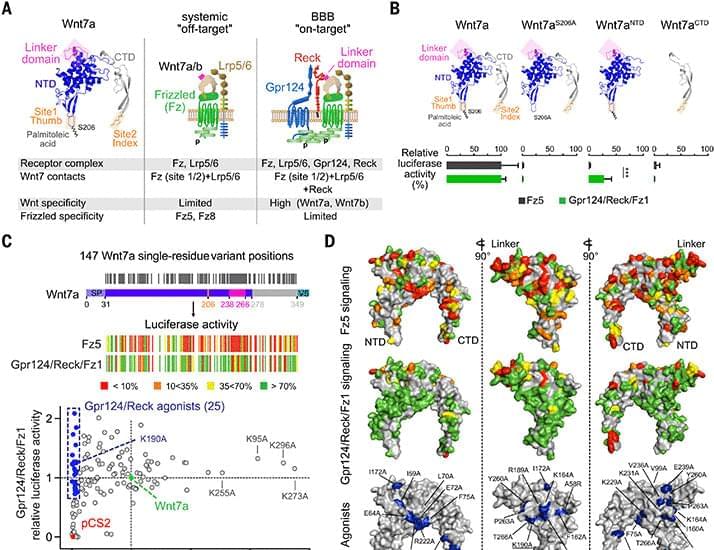Big Tech has a lot of ambitions for the Metaverse, and that might be really bad news for our privacy.



Successfully achieving nuclear fusion holds the promise of delivering a limitless, sustainable source of clean energy, but we can only realize this incredible dream if we can master the complex physics taking place inside the reactor.
For decades, scientists have been taking incremental steps towards this goal, but many challenges remain. One of the core obstacles is successfully controlling the unstable and super-heated plasma in the reactor – but a new approach reveals how we can do this.
In a joint effort by EPFL’s Swiss Plasma Center (SPC) and artificial intelligence (AI) research company DeepMind, scientists used a deep reinforcement learning (RL) system to study the nuances of plasma behavior and control inside a fusion tokamak – a donut-shaped device that uses a series of magnetic coils placed around the reactor to control and manipulate the plasma inside it.

Tae Seok Moon, associate professor of energy, environmental and chemical engineering at the McKelvey School of Engineering at Washington University in St. Louis, has taken a big step forward in his quest to design a modular, genetically engineered kill switch that integrates into any genetically engineered microbe, causing it to self-destruct under certain defined conditions.
His research was published Feb. 3 in the journal Nature Communications.
Moon’s lab understands microbes in a way that only engineers would, as systems made up of sensors, circuits and actuators. These are the components that allow microbes to sense the world around them, interpret it and then act on the interpretation.


When video chatting with colleagues, coworkers, or family, many of us have grown accustomed to using virtual backgrounds and background filters. It has been shown to offer more control over the surroundings, allowing fewer distractions, preserving the privacy of those around us, and even liven up our virtual presentations and get-togethers. However, Background filters don’t always work as expected or perform well for everyone.
Image segmentation is a computer vision process of separating the different components of a photo or video. It has been widely used to improve backdrop blurring, virtual backgrounds, and other augmented reality (AR) effects. Despite advanced algorithms, achieving highly accurate person segmentation seems challenging.
The model used for image segmentation tasks must be incredibly consistent and lag-free. Inefficient algorithms may result in bad experiences for the users. For instance, during a video conference, artifacts generated by erroneous segmentation output might easily confuse persons utilizing virtual background programs. More importantly, segmentation problems may result in unwanted exposure to people’s physical environments when applying backdrop effects.

New applications in energy, defense and telecommunications could receive a boost after a team from The University of Texas at Austin created a new type of “nanocrystal gel”—a gel composed of tiny nanocrystals each 10,000 times smaller than the width of a human hair that are linked together into an organized network.
The crux of the team’s discovery is that this new material is easily tunable. That is, it can be switched between two different states by changing the temperature. This means the material can work as an optical filter, absorbing different frequencies of light depending on whether it’s in a gelled state or not. So, it could be used, for example, on the outside of buildings to control heating or cooling dynamically. This type of optical filter also has applications for defense, particularly for thermal camouflage.
The gels can be customized for these wide-ranging applications because both the nanocrystals and the molecular linkers that connect them into networks are designer components. Nanocrystals can be chemically tuned to be useful for routing communications through fiber optic networks or keep the temperature of space craft steady on remote planetary bodies. Linkers can be designed to cause gels to switch based on ambient temperature or detection of environmental toxins.


Cornell chemists have discovered a class of nonprecious metal derivatives that can catalyze fuel cell reactions about as well as platinum, at a fraction of the cost.
This finding brings closer a future where hydrogen fuel cells efficiently power cars, generators and even spacecraft with minimal greenhouse gas emissions.
“These less expensive metals will enable wider deployment of hydrogen fuel cells,” said Héctor D. Abruña, the Émile M. Chamot Professor in the Department of Chemistry and Chemical Biology in the College of Arts and Sciences. “They will push us away from fossil fuels and toward renewable energy sources.”
Neuralink! Also known as, Elon Musk’s other (other) project.
You’ve probably heard of Elon Musk’s plan to insert brain chips into the human brain, finally bridging the gap between human and machine. Academically, this is known as a brain-machine interface and it’s actually not that novel an idea!
In this video, I’ll refer to two key scientific studies, discuss the threat of AI technology, why Elon Musk wants to put a chip in your brain and whether or not it’s feasible.
Once you’re done watching the video, feel free to tell me in the comments whether you would ever consider getting the N1 (or whatever future iteration) chip.
Could this be the future of humanity?
Video Of The Rats & References On Substack.